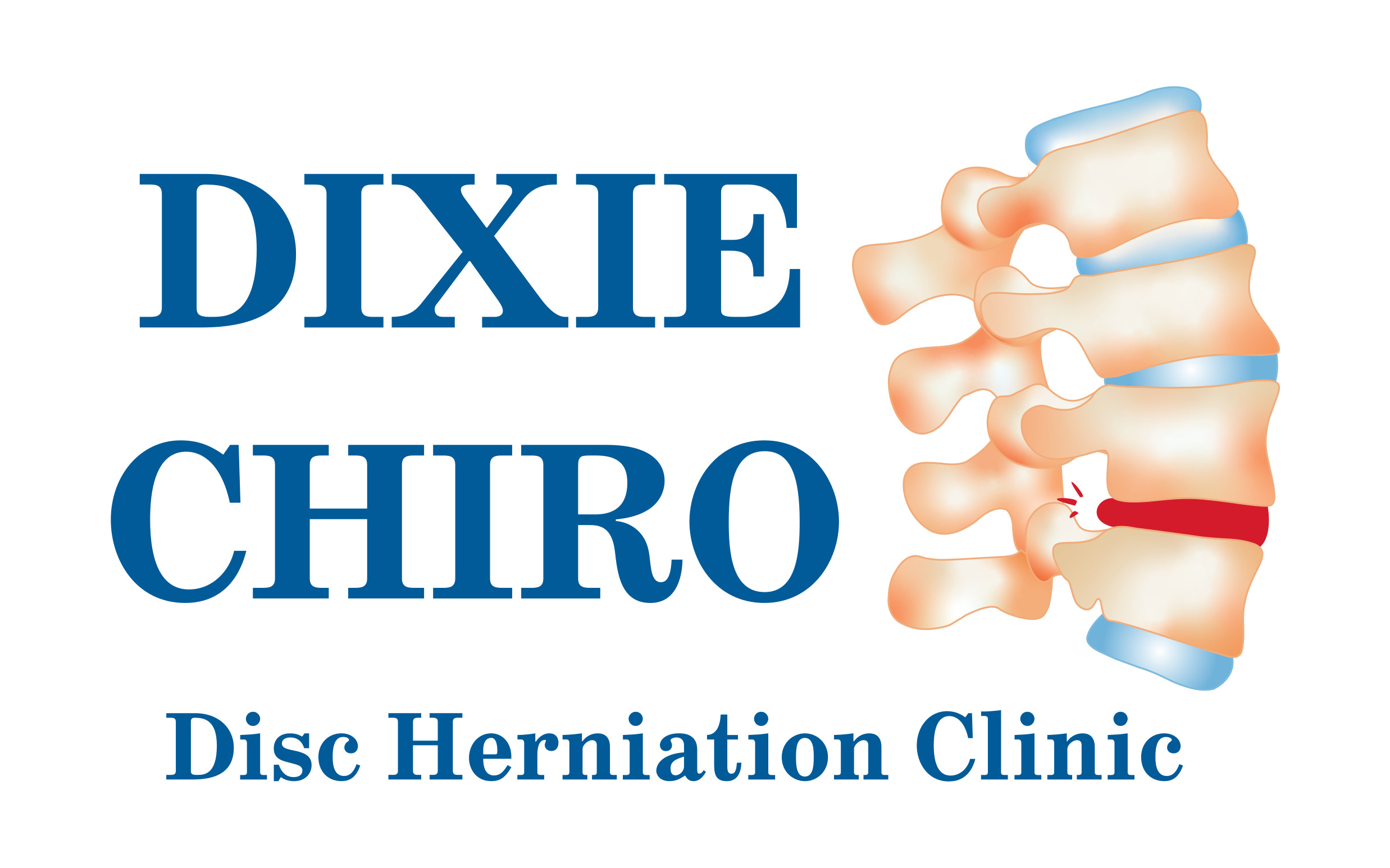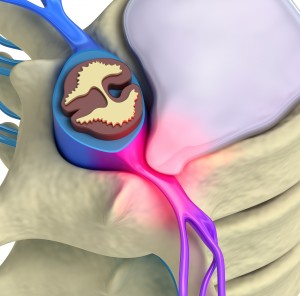Have you ever heard someone say, “I had the exact same thing!” or “My aunt was suffering from that.” Then they go on to give you the full treatment program for curing the ailment. However, as it turns out, only the symptoms are the same. The cause or condition is not even remotely similar. Thus it is with back pain.
As the featured image shows, a person can walk into my office with the same bent-over posture and hand on the lower back, have difficulty going from a standing-to-sitting or sitting-to-standing position, and give me all the same descriptors, yet it will turn out that they have a completely different diagnosis than the person with all the same symptoms that was in my office an hour earlier.
When specifically talking about lower back pain, there are three very common, yet very different conditions that tend to mimic each other in posture and pain:
- Sacroiliac Joint Sprain
- Facet Syndrome
- Bulging or Herniated Disc
All three of these complaints will typically present with difficulty standing up after sitting, pain on forward or backward bending, a bent sideways/forward (antalgic) posture, and sharp pain where the hand is placed on the lower back just off to the side of the spine. Each of the above may also experience radiating pain down a leg (Sciatica). With the sacroiliac joint sprain, the person may require a lower back support to function better. For the Facet Syndrome, a chiropractic adjustment will likely help. For the herniated disc, spinal decompression and laser therapy may be the best option. The important thing to remember is that while each of these treatments may be good for the condition I’ve mentioned, it may very much aggravate the other two. This is why it is very important to get a correct diagnosis and go to a physician who has more than one tool in his belt.
Which brings me to the main point of this article…Herniated Discs.
Even though a bulging or herniated disc is the diagnosis, and an MRI shows it very clearly, what an MRI doesn’t address is the reason why it is herniated in the first place. This is where the investigative examination really comes into play. Discs bulge and/or herniate for various reasons. Some are due to simple compressive or postural damage (70%), others are movement irregularities (20%) because of previous trauma, and still others are from poor core stabilization (10%). It is also very common to find overlap between the various reasons (about 55% of the time).
Decompression therapy and laser therapy are extremely effective in treating herniated discs. The bulged or herniated area can be returned to it’s normal position by utilizing a gentle pull on the spinal column (decompression). The patient typically lies face-down on the padded therapy table. Mild tension is applied by a computer operated pulley. This gentle pulling allows a mild vacuuming of the disc back into normal position because the pressure has been removed. The laser then speeds healing by increasing blood flow and nutrient supply to the damaged area. Over a series of treatments, the outer lining of the disc heals and strengthens.
Addressing the reason for the herniated disc is important if you want to fix it. This is why 40% of disc herniation surgeries fail. Many times, surgery doesn’t address the cause of the problem but only the “tip of the iceberg.” Other treatments, such as physical therapy, exercise, and chiropractic adjustments may actually worsen the problem. By addressing the cause of the problem, we can significantly increase the chance of recovery and reduce the need for future care. I have seen many people fully recover from the pain of bulged or herniated discs. I am not a proponent of a shotgun approach to serious pain issues. Proper diagnosis and condition specific treatment is imperative.



Recent Comments